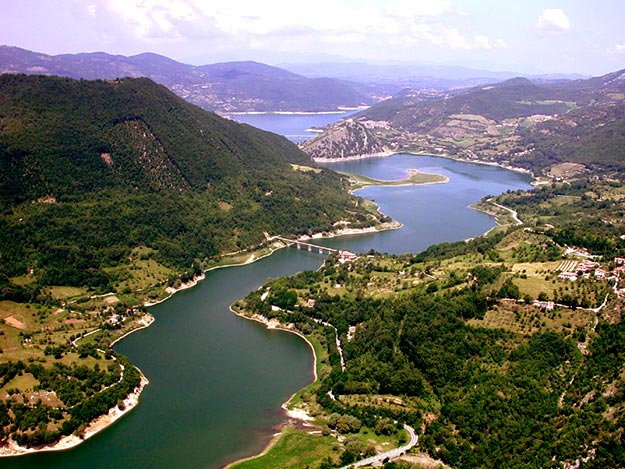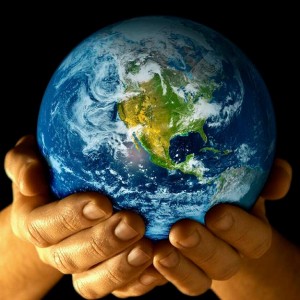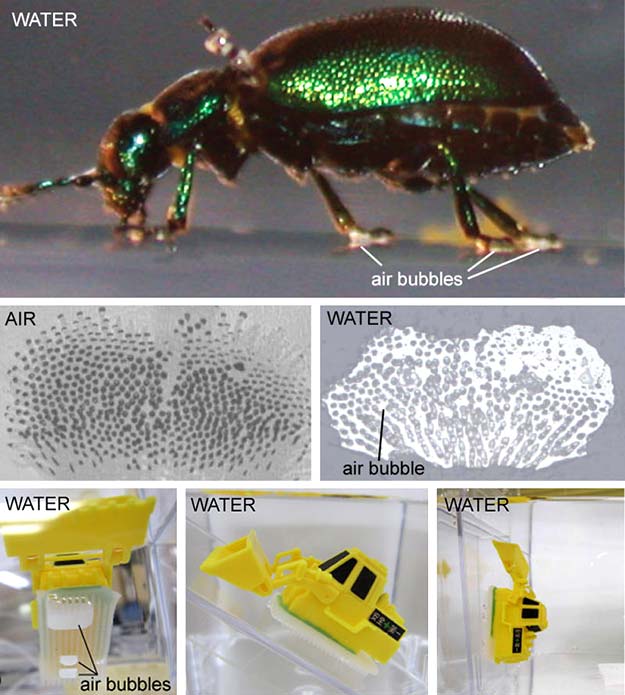Our water comes from nature. The vast majority of the world’s population depends on rivers and lakes to supply water for drinking, cooking, growing crops and more (i). Yet worldwide we are crippling nature’s ability to provide the clean water we need in order to live and to thrive.

Scientists predict that, if we continue on our current course, two-thirds of the world’s population will face water shortages by 2025.
As the world’s forests and grasslands are degraded or removed, the threats to our water supplies grow. The roots of trees and other native vegetation filter water, prevent erosion and slow water down, helping keep flow levels steady. Without this protective system, lakes and rivers are exposed to soil run-off, chemicals and other debris carried across the land by rain and snowmelt.
When sediment and pollution wash into our waterways, businesses, communities and governments are forced to pay higher costs for water treatment. In vulnerable communities that simply cannot afford water treatment, people face increasingly dirty, unhealthy water. Read more





